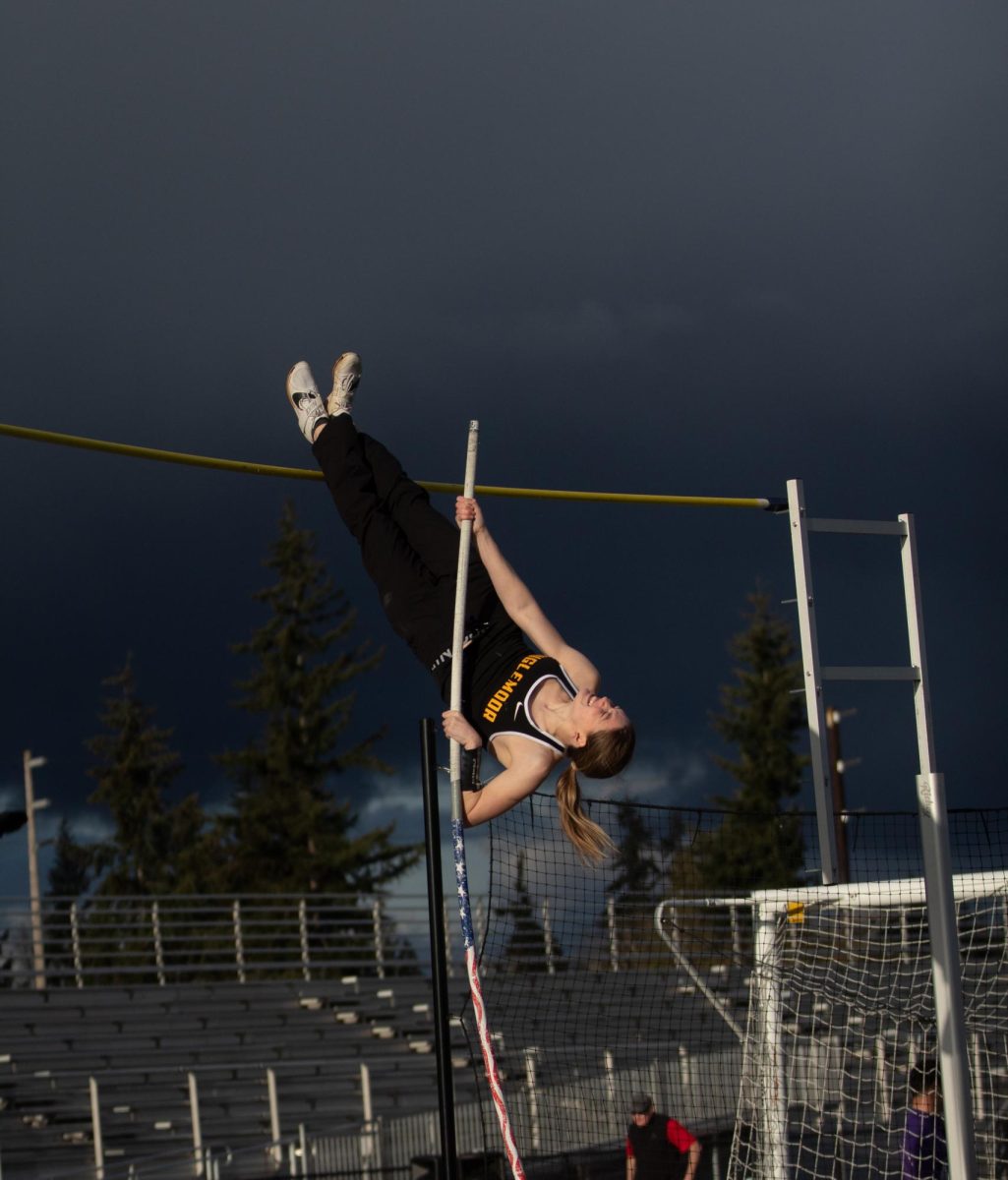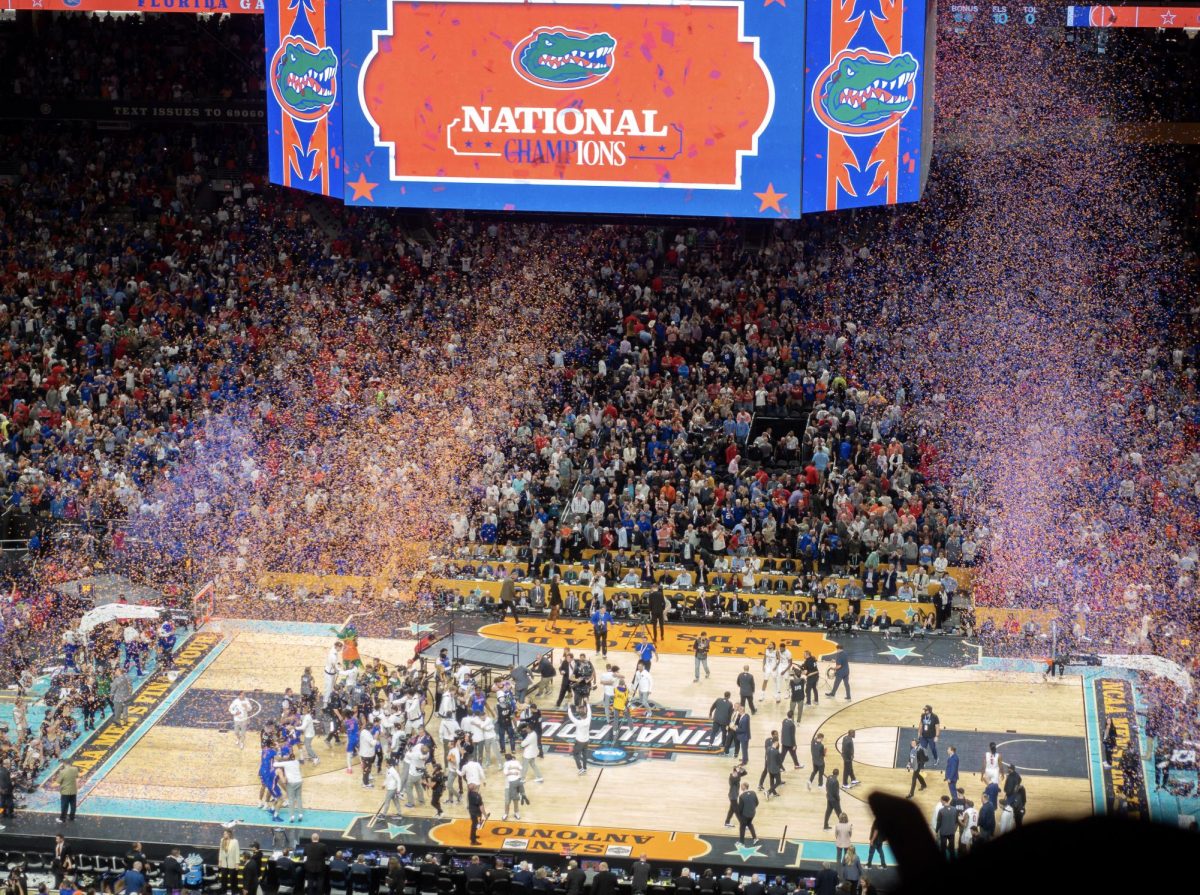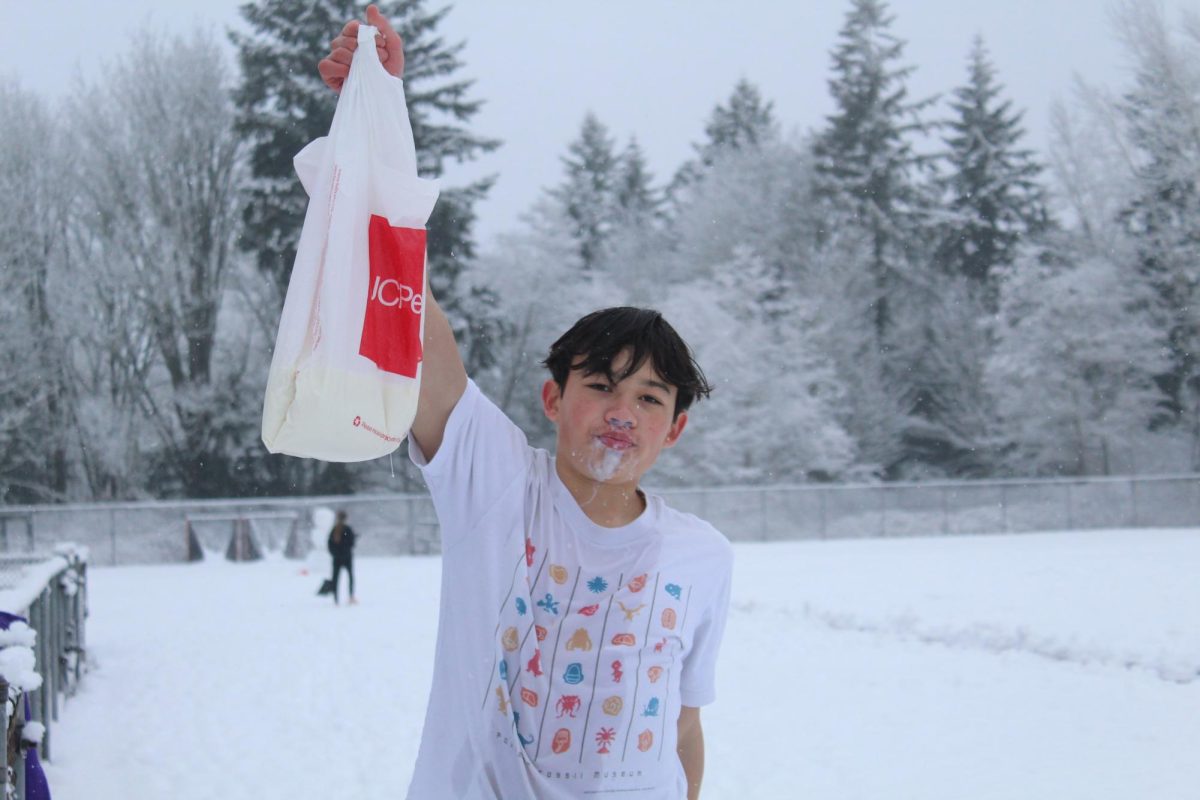As upperclassmen are transitioning into their athletic collegiate career, the recruiting process is an important milestone for student-athletes as their academic and athletic future relies on the choices they make. Recruitment for athletes can differ depending on the sport, school, division, scouts and coaches.
Senior swimmer Eleanor McElwee (she/her) started the recruitment process by emailing colleges that sparked her interest. She reached out to Chapman University, California Polytechnic State University, University of California Santa Barbara and San Diego and eventually committed to Chapman University.
“I talked to them about their program and seeing if it’d be a good fit. And then in the fall, I went on a visit and got to see the team and look at dorms. I just spent a day in the life with people who are on the team,” McElwee said.
Junior Samantha Snorsky (she/her) was contacted by numerous colleges and found the recruitment process straightforward when talking with the Gonzaga coach. Snorsky has since then received a full ride scholarship to play D-1 soccer at Gonzaga University.
“We talked for a while and then a few months later, he asked me to go on an official visit and then while on the official visit, they gave me an offer, and I only had a week to accept or decline,” Snorsky said.
College recruiters and coaches from any sport aren’t allowed to reach out to athletes until June 15 of their sophomore year. Snorsky’s club coach advocated for her when she was not eligible to meet with coaches herself.
“My coach definitely helps a lot because he knows a lot of other coaches, and he can talk to any coach he wants, even if it’s before June 15. If there’s a certain college we want to get in contact with, he can talk to that college and tell them to come to our games or give us their number.”
Junior Jaqueline Jones (she/her) is beginning the recruitment process for pole vaulting by working with her club coach to create a list of schools she’s interested in. Jones has already gone on unofficial visits to San Diego State University, University of California Irvine and Santa Barbara and California Polytechnic State University. Her club coach also contacted other college coaches, and she uses social media to showcase her skills to recruiters.
“I have an Instagram account that’s just for pole vaulting that a lot of coaches follow me on and that’s how coaches find me. But if they aren’t on Instagram, my coach will email them or I’ll find them through my coach because he’s very well connected,” Jones said.
After coaches are done scouting and meeting with athletes, they may offer a scholarship. McElwee said that grades can influence the amount of scholarship an athlete receives. However, she said that academics did not influence her college decision.
“I think academics impacted the amount of merit scholarship I got. I don’t think it really impacted my choice of where I was going because I don’t exactly know what I want to do. So I wasn’t necessarily looking at Chapman for a specific major,” McElwee said.
Jones said that academics are a large factor in her decision because all the schools she has been in contact with are academically rigorous. When Jones talked to Cal Poly’s track coach, he said that grades are one of the most important factors in receiving athletic scholarships.
“The NCAA has eligibility requirements that your GPA has to be above a certain threshold in order to participate in any sport. So if you can’t keep up with the school’s academics, there’s little point in recruiting you,” Jones said.
Aside from considering a school’s academic rigor, Snorsky narrowed her decision to colleges located in Washington and focused on the soccer program when considering different schools. Snorsky said she was struggling to decide which offer to accept, but the Gonzaga team ultimately persuaded her when she went on an official visit. The players showed her around the school and introduced Snorsky to some of her future teammates.
“I was picking between UW, WSU and Gonzaga, and I had to get into all of the little details like the coach, team and all the different stuff. It was really difficult, and I decided on Gonzaga literally the last day,” Snorsky said.

Similar to Snorksy, Jones is only looking at D-1 schools, but with more upcoming visits, she is still undecided. However, she does know she wants a team with a range in abilities.
“I’m thinking I’m wanting more of a school where I’m in the middle of the pack in terms of there being some vaulters that are higher than me, and there’s some that are lower, so I can continue to be pushed,” Jones said.
For McElwee, one of the main contributors to her decision was the social aspect. McElwee enjoys the routine of practicing with a team everyday and wanted a supportive program that she could connect with socially.
“I’m serious about swimming, but I’m not trying to go to the Olympics. I’m kind of just doing it for fun, and I just wanted a fun team that still pushed me but wasn’t crazy intense,” McElwee said. “I feel I want to be a part of a community in college, and I didn’t really want to be in a sorority. I feel this is kind of that middle ground for me — my form of a sorority.”
Snorsky recommends to any athlete going through the recruitment process to be patient and keep an open mind when communicating with different schools.
“Calling and emailing with coaches is a pretty long process, so patience is really important when talking with multiple coaches, ” Snorsky said. “Along with keeping your options open and staying humble throughout recruitment because when you get contacted by a school, you need to find the best fit for yourself.”











